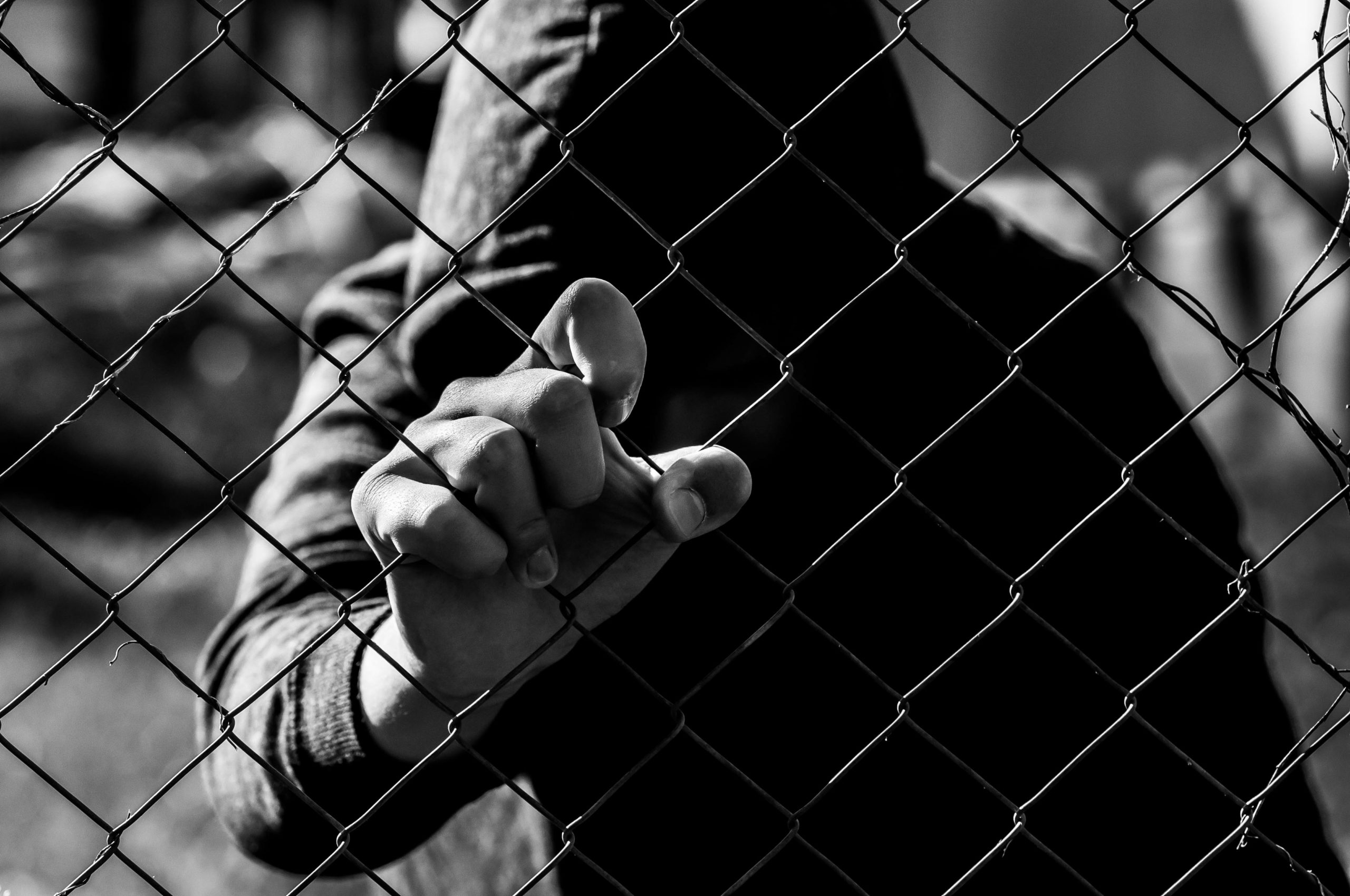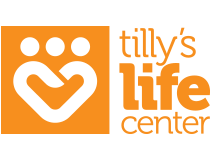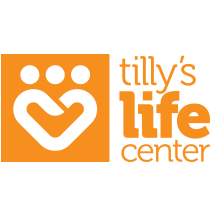
20 Jun Teen Violence: Recognizing the Signs, Finding Solutions
Recognizing the signs of youth violence and finding solutions can make schools and communities safer, healthier places for young people to learn and grow. But oftentimes, it can be difficult to detect and even harder to stop in its tracks. Spreading awareness can be essential to youth violence prevention and retaining safety and feelings of security within our society. So in order to help parents and their teens understand how violence happens, how to recognize it, and what to do to stop it, we have compiled useful information and practical advice for your family to be aware of and actions that you can take together to be a part of the solution.
Attention
The first step towards improvement is calling attention to the issue by understanding what violence is and why it happens. Violence is intentional harm towards others or oneself. It can be used as a way to express complex emotions when teens cannot find a way to fix their problems or if a way out of how they are feeling seems impossible. It can also be used to control others through manipulation or to act out if they feel that they or someone they care about has been wronged.
In most cases, violence is learned. It can be seen in the media, experienced through trauma, or devised for self-protection. In any case, youth violence is a dangerous and precarious problem for mental health and safety, something that needs to be worked on through every possible means to minimize it.
Awareness
You can protect your family and community by spreading awareness of the signs and solutions for aggressive or harmful behavior. To assess dangers and stay prepared to report concerns, keep in mind the following indicators of potentially violent tendencies:
- History of aggression or previous violent behaviors with people, property, or animals
- Problems with discipline or severe rebellion against authority
- Victims of abuse, neglect, bullying, or other trauma
- Approval of violence within family, friendships, or gang membership
- Major mental illness characterized by acute episodes or violent behaviors
- Serious and increased abuse of drugs or alcohol
- Preoccupation, fascination, or obsession with weapons, fighting, and other forms of violence
- Inability to control negative emotions such as anger and frequent aggression or loss of temper
- Planning or threatening to cause harm to oneself or others and/or accessing weapons. (If you or your teen encounters a threat or becomes aware of a plan for violence, report it immediately and without hesitation to your school and local authorities).
While this list cannot be fully comprehensive, it can serve as an important guide to help you and your family understand the potential for violence in youth throughout your community. Be sure to have an open and honest conversation with your teen about signs they should be aware of and let them know that they can and should come to you or another trusted adult if they feel uncomfortable or threatened in any way.
Antisociality
In addition to the above signs, many violent individuals also exhibit antisocial behaviors. Disproportionate anger, making others feel fearful, and threat of violence can lead to alienation when a person loses respect, becomes rejected by, or is feared by others. Anger and frustration left to fester may result in withdrawal from typical activities as well as isolation from friends, school, the community, and society overall.
Help your teen understand that it is ok to be wary of individuals who exhibit a lack of empathy or those that desire to be feared or create fear in others. If a troubled person becomes anti-social, isolated, or alienated, it is possible that separation from groups can pull young people away from the tools they need to improve their mental health and take control of their emotions in a healthy way.
Accusations
While anger, anti-social behavior, trauma, and mental illness do not necessarily indicate that a person is or will become violent, many of the signs are interconnected. Since wrongfully accusing someone can be very damaging, it is crucial to consider many or all of these factors in the context of your, or your teens’, experience with a potentially violent individual.
If you suspect something, be honest about what you know, and do your best to try not to stigmatize or make accusations if you are acting purely on suspicion. Ultimately, speaking up is the right thing to do, even in the event of a false alarm. Preventing youth violence can save the lives of victims and even suspected perpetrators.
Action
If someone makes you or your teen feel threatened in any way, it is important to take action. But, it can be difficult to act when a situation does not feel right. If you know your intervention might prevent harm, it is essential to speak up. If you are caught in a fearful situation, do your best to remove yourself, others, or the potential violent individual from the situation that is creating tension.
Be sure to promptly address the problem and your concerns with staff members at your teen’s school or other members of authority within your community and ask for help. If the situation is urgent and a threat has been made, take the information directly to your local authorities immediately, or call 911.
Advocate
While intervening on a case-by-case basis is extremely important, it is often not a long term solution. Teens with tendencies towards violence need help working through their complex emotions and finding healthy and safe ways to manage their anger. Furthermore, teens experiencing the threat of violence need to be empowered to help protect themselves and others. Providing teen mental health resources and youth violence prevention programs can be essential when advocating for the health and safety of young people. To get started learning more about how to prevent violence, take a look at the following resources:
- VetoViolence Portal is the CDC’s free violence prevention resource. It includes online training and other tools to address and prevent violence.
- Violence Reduction Response Center is the Bureau of Justice Assistance’s free resource which provides a connection to expert staff offering training and assistance for violent crime reduction.
- Minority Youth Violence Prevention Initiative is created by the U.S. Department of Justice’s Office of Minority Health at the U.S. Department of Health and Human Services and the Office of Community Oriented Policing Services, to move organizations, agencies, and groups to reduce violence and increase access to public health for at-risk youth.
While this is by no means an exhaustive list of resources, it is an excellent place to get started on learning more about youth violence prevention and how to be a part of taking action to help teens feeling threatened or those with the potential to exhibit violent behaviors.
At Tilly’s Life Center, we believe that improving social and emotional skills can make a resounding impact on the safety and well-being of teens and their communities. Our mission is to provide teen mental health resources through an engaging curriculum to help give young people the tools they need to manage life’s challenges in healthy and productive ways. To learn more about our program, visit us at www.tillyslifecenter.org.


